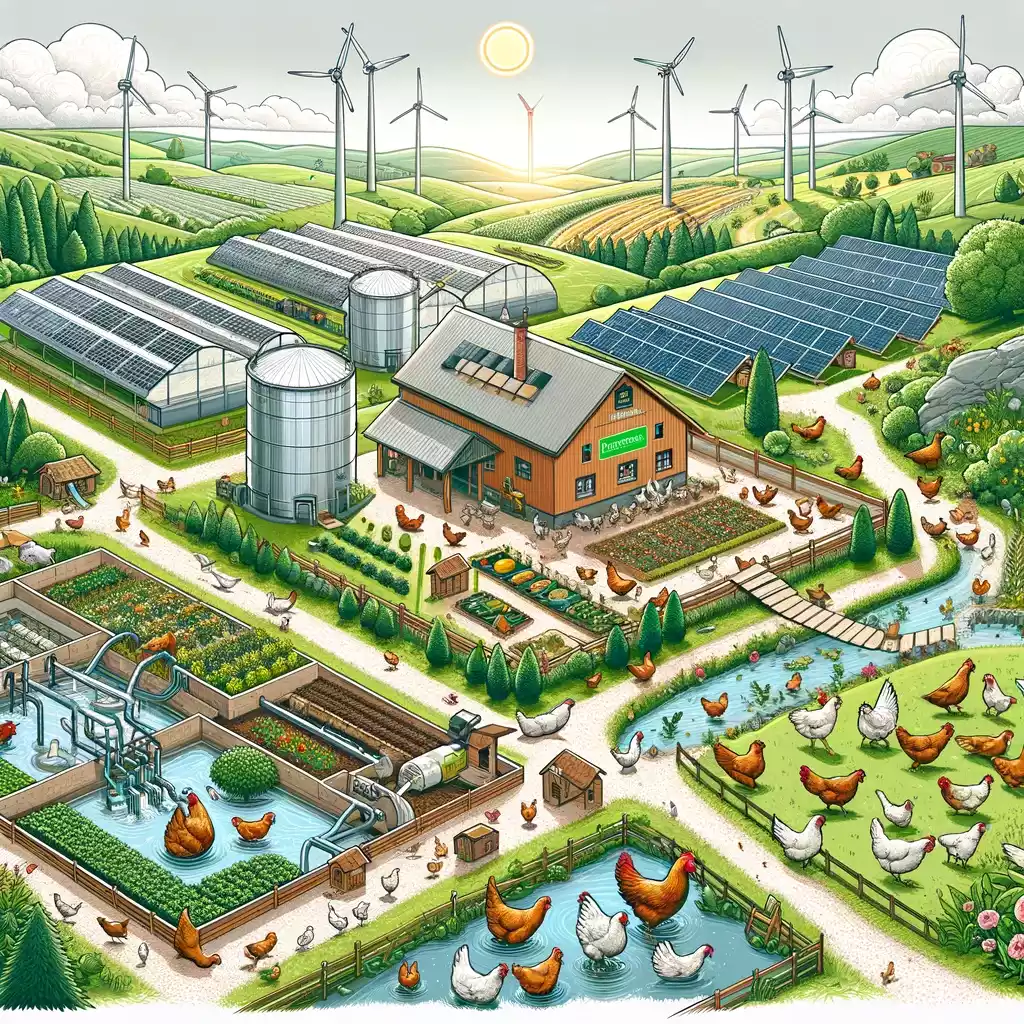Artificial insemination (AI) has revolutionized poultry farming, offering an efficient way to enhance genetic diversity, improve desirable traits, and increase overall flock productivity. This guide delves into the intricacies of AI in poultry, providing essential insights and best practices for poultry farmers looking to adopt this cutting-edge breeding technique.
Understanding Artificial Insemination in Poultry
AI is a controlled breeding method where semen collected from male birds is manually inserted into the female’s reproductive tract. This section covers the basics of AI, including its significance and how it differs from natural mating processes.
Benefits of Artificial Insemination
- Genetic Improvement: AI allows for the careful selection of genetic traits, accelerating the improvement of the flock.
- Disease Control: Reduces the risk of transmitting diseases through physical mating.
- Efficiency: Enables the insemination of a large number of females with sperm from high-quality males.
- Record-Keeping and Management: Facilitates better record-keeping of breeding data, enhancing flock management strategies.
Techniques and Equipment
Detailing the process of AI, including semen collection, handling, and the insemination procedure. This section also explores the tools and equipment required for effective AI, emphasizing the importance of maintaining hygiene and precision.
Best Practices for Successful Artificial Insemination
- Semen Collection and Storage: Techniques for collecting high-quality semen and preserving its viability.
- Timing for Insemination: Understanding the female poultry reproductive cycle to time the insemination for optimal fertility rates.
- Handling and Safety Protocols: Guidelines to ensure the safety and well-being of both the animals involved and the personnel performing AI.
Challenges and Solutions
While AI offers numerous benefits, it also comes with its set of challenges, such as the need for skilled personnel, equipment sterilization, and ensuring animal welfare. This section provides practical solutions to these common issues.
Case Studies and Success Stories
Highlighting real-world examples where AI has significantly impacted poultry breeding, including testimonials from farms that have successfully implemented AI strategies.
Conclusion
Artificial insemination in poultry presents a formidable tool for advancing genetic quality and flock management. By embracing AI, along with its best practices and addressing potential challenges, poultry farmers can achieve remarkable improvements in productivity and efficiency.

